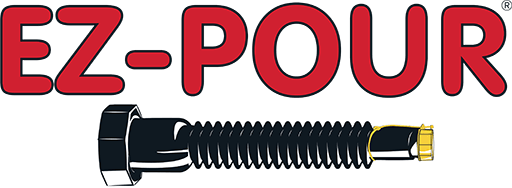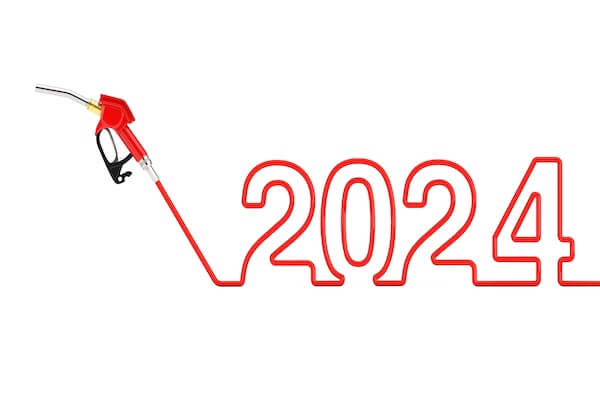The start of a new year always brings various economic and market trend predictions, particularly for the energy sector, including gasoline and diesel fuel prices. Those prices significantly impact our daily lives for households that drive and businesses that depend on global supply chain logistics and transportation, ultimately influencing the broader economy. Now that we have entered the New Year let’s review the 2024 gasoline and diesel fuel price projections.
The EIA Short-Term Energy Outlook – January 2024
Referencing the February 2024 Short-Term Energy Outlook (STEO) data, the U.S. Energy Information Administration (EIA) expects the average U.S. gasoline retail prices to decrease in 2024, driven by increasing fuel availability. A similar trend in price reductions and supply availability also applies to the average U.S. retail diesel prices, despite the report’s expectation that diesel consumption rates will exceed 2023 in 2024 and 2025.
According to the most recent data, the forecast for the average U.S. fuel retail prices in 2024 is:
- Gasoline – $3.31/gallon
- Diesel – $3.92/gallon
Compared to 2023 average retail prices, the projected 2024 prices show an expected 0.21¢ decrease per gallon of gasoline fuel (2023 average, $3.52) and a 0.30¢ decrease per gallon of diesel fuel (2023 average, $4.22).
What Factors Affect the Price of Gasoline and Diesel Fuel?
- Crude Oil Trends
- Crude Oil Refining Costs
- Politics
- Oil and Fuel Regulations
- Seasonal Shift from Winter to Summer Fuel Types
Crude oil costs play a significant role in determining fuel retail prices. Generally, the lower the cost of oil, the less we pay at the pump. However, predictions suggest that the cost of crude oil in 2024 will remain similar to that in 2023, indicating that a reduction in this year’s gasoline and diesel prices is related to thinning crack spreads (i.e., the difference between fuel and crude oil wholesale prices).
Crack spreads are markers for oil refining costs—the smaller the crack spread, the lower the refining cost. In 2024, the expectation of increasing supply availability enhances the probability of smaller projections of crack spread refining costs.
Other factors that affect how much money it takes to fill our tanks include:
- The Value of the Dollar
- Supply and Demand
- Regulations and Taxes
- Distribution and Marketing
- Commodities Trades
For more information on what affects gas prices, view our previous blog post, “What Causes Gas Prices to Fluctuate.”
Avoid Spills and Save Money with Premium Replacement Spouts
While we can’t change the fuel cost with a snap of our fingers, we can change how efficiently we store and dispense it.
New fuel cans’ poorly designed safety spouts can cause leaks and an uneven flow, causing money-wasting and potentially dangerous spills when filling vehicle/power equipment gas tanks.
At EZ-POUR®, we offer premium gas can spouts, nozzles, and related parts and accessories so you can keep using your tried-and-true gas cans for longer and benefit from guaranteed efficient and wasteless re-fueling. If you are looking to upgrade your old gas cans, shop the complete line of EZ-POUR® replacement spouts, including:
- Standard Replacement Spout & Vent Kit
- HI-FLO® Replacement Spout and Vent Kit
- HI-FLO® Replacement Spout with Unleaded Reducer
- Rigid® Replacement Spout and Vent Kit
To learn more, please visit https://ezpourspout.com/faq/.

